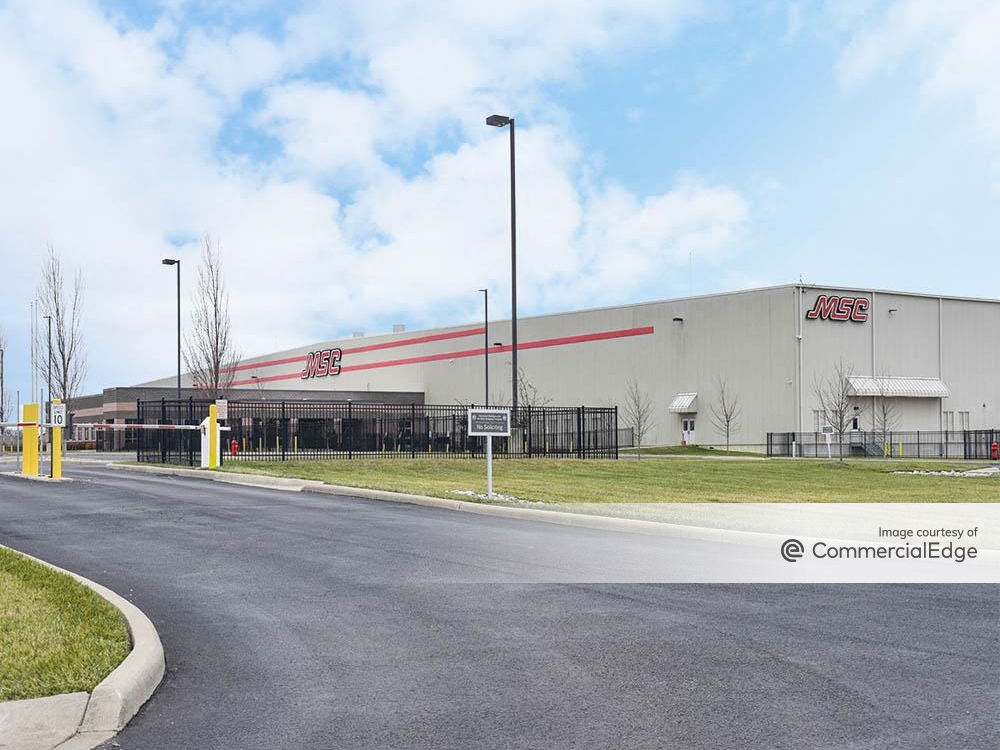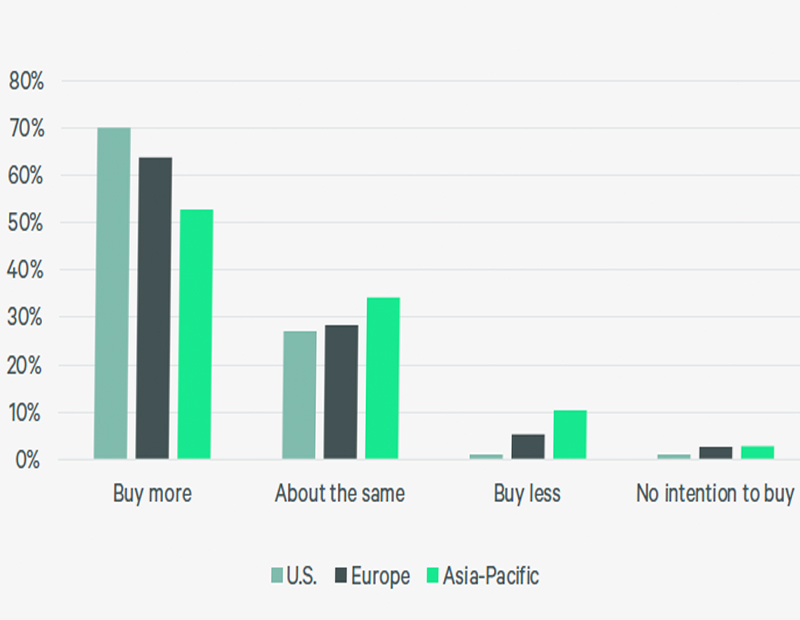How NAR Rule Changes Impact CRE, Too
Miami REALTORS® Chair Gus Fonte on the opportunities and risks that lie ahead.
As the 2024 Chairman of the Board for the MIAMI Association of REALTORS®, I am eager to discuss the upcoming changes in the real estate industry and their implications, not just for residential but also for commercial real estate. Of the two major changes going into effect Aug. 17, 2024, only one impacts the commercial practitioner.
The primary impact on CRE is that properties in a Multiple Listing Service will no longer have a compensation field for a buyer’s agent. It’s important to note that REALTOR®/broker compensation has always been and will continue to be negotiable. Secondly, and only impacting the residential sector, buyers working with a residential REALTOR® must sign a written agreement before touring a home.
Benefit for consumers
Benefits to consumers and REALTORS® from the two MLS changes stemming from the NAR settlement include increased transparency for all parties, seller concessions help get more buyers into homes, the value of the buyer’s agent is quantified, and both buyers and sellers will receive a higher level of service.
We feel strongly the upcoming changes can actually create new opportunities for consumers, REALTORS®, and our industry. Conversations about selling real estate start with the sellers–who, when working with skilled REALTORS®, will now have the tools to expand concessions offered to buyers.
Impacts on commercial and residential
Even though the MIAMI Association of REALTORS® has the largest Commercial Multiple Listing Service in the nation, many commercial real estate listings are not included in the MLS. Commercial practitioners are accustomed to picking up the phone and asking if any compensation in a deal is being shared with a co-broker.
We are accustomed to detailing our value and negotiating on our own behalf to secure compensation. This is something all REALTORS® will have to do with the new MLS rules. Instead of going to the MLS to find out the compensation, if any, buyers’ agents will have to contact the listing office or visit their website ahead of showing each property.
Change can be difficult, but we are confident the industry and our consumers will emerge stronger, more transparent, and with more opportunities for buyers. Why? Because we always have. No matter the challenge—the Great Depression, the Great Recession, COVID-19, hurricanes, changes in the legal landscape, etc.—the real estate industry always adapts. It’s our superpower.
Fundamentals remain robust
While the changes stemming from the NAR settlement will require REALTORS® and brokers to adapt to new ways of doing business, the fundamental strengths of our market remain robust. Miami’s strong job growth, high levels of migration, and solid market fundamentals position us well to navigate these changes successfully. The interconnectedness of residential and commercial real estate, driven by migration trends, will continue to support a vibrant and dynamic real estate market in Miami.
Miami’s CRE resilience
Since the pandemic, Miami has experienced a significant migration, with elevated demand for residential real estate consequently driving an increase in commercial real estate demand. This migration has spiked demand for various commercial properties, including industrial spaces for e-commerce, retail and office spaces.
For instance, while major metros like San Francisco, Chicago and New York City have seen large negative net absorption of office space, Miami has gained significant square feet of occupancy. This trend highlights Miami’s resilience and the positive impact of migration on our commercial real estate market.
In the retail market, there will continue to be a fallout in markets where office vacancies are higher (e.g. recent close of Macy’s in San Francisco), but overall, the retail outlook is solid due to low vacancy rates and not a lot of construction underway. Major retail brands and stores like Walmart, Target and Best Buy are continuing to get closer to the customer geographically and in delivery time by pushing last-mile distribution, creating a great omni-channel experience for customers, and changing their product lines in line with customer needs (health care, sustainable products).
The customer preference for fast, efficient delivery will continue to bolster demand for industrial space, especially in markets with strong population growth, such as Southeast Florida which continues to see elevated levels of migration compared to the pre-pandemic level.
Turning change into opportunity
As we embrace these transformative changes, it’s crucial to remember the real estate industry’s strength lies in its adaptability and resilience. The NAR settlement changes will challenge us to refine our approaches but also promise greater transparency and opportunity. For Miami, with its robust growth and resilience, these changes align perfectly with our progress. The interconnected dynamics of residential and commercial real estate, driven by continued migration and economic vitality, will keep Miami thriving. As REALTORS® and brokers, embracing these changes will enhance our service and drive the industry forward, turning challenges into opportunities for sustained success.
2024 MIAMI Association of REALTORS® Chairman Gus Fonte is the president & principal broker of AJF Properties, Inc., a full service commercial real estate brokerage.








You must be logged in to post a comment.